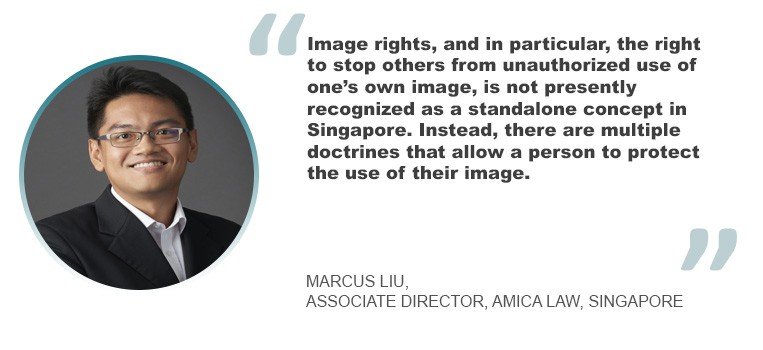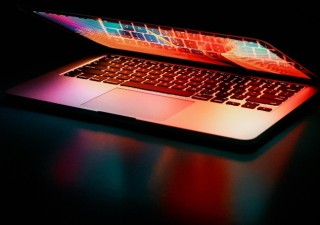“IP only fits in relation to image rights if the person whose image is being used himself applies for or takes registration for his image or persona or assigns it to another entity that gets it registered as a trademark in its name with the consent of the image rights holder,” explained Anuradha Salhotra, a founding partner at Rahul Chaudhry & Partners in Gurugram.
India
India has no regulations or legislation in place for image rights.
“For clarification and better understanding of the rights for all, I believe these regulations and legislation should be in place. The judgments already passed by the courts can help in the formulation of these,” Salhotra said.
When dealing with image rights, Indian courts have resorted to the law of trademarks, passing off and copyright. However, the basic right stems from the right to privacy and the right to exploit one’s own image. Contractual protection of image rights through agreements are also in play.
In Titan Industries v. M/S Ramkumar Jewellers, (CS (OS) No. 2662/2011), the Delhi High Court relied on Section 17(b) of the Copyright Act for its decision. The section explains the determination of first owner of copyright.
The plaintiff, Titan Industries, had secured the personality rights of the Bollywood celebrity couple Amitabh Bachchan and Jaya Bachchan. The case involved endorsements and advertisements of a range of diamond jewellery sold under Titan’s brand, Tanishq. The company engaged the services of the Bachchan couple to help market their jewellery line. Meanwhile, the defendant was found to have mounted advertising hoardings all over Muzaffarnagar in Uttar Pradesh. Said hoardings featured photographs of the Bachchans identical to those on Titan’s hoardings.
(In India, an advertisement hoarding is a structured, outdoor display erected in a public space, generally targeting places with heavy traffic volume, heavy pedestrian activity and high visibility.)
“Since the defendant did not have permission to do so by the plaintiff, the court held it liable not only for infringement of the plaintiff’s copyright in the advertisement but also for misappropriation of the celebrity’s personality rights,” said Salhotra. “The court thereby granted an interim injunction in favour of the plaintiff while specifically recognizing the couple’s rights in their personalities.”
“The court also observed that in the event of unauthorized advertisement of a famous personality, the right to determine how their identity should be used vests solely with that individual. The right to control the commercial use of human identity was identified as part of the right to publicity,” Jacob added.
However, protecting image rights as IP has its own set of challenges.
First of all, IP rights are usually time-bound. This does not dovetail with the nature of image rights which possess longevity and attribute value to the individual and his heirs. Athletes, for instance, have short careers. This requires them to maximize their earnings from their competitive years using the brand value they’ve built and earned after they retire.
“In the U.S., a 2009 report found that within two years of departure, 78 percent of NFL players are bankrupt or under financial stress, and within five years post-career, 60 percent of NBA athletes are broke,” shared Jacob. “Such shocking statistics reveal how post-retirement earnings are particularly essential in the case of athletes.”
Second, image rights protection as an IP needs a system for effective tax planning for sale and licensing of such rights.
Another challenge arises when a celebrity or famous person switches from one brand endorsement to another – a competing product, at that – after a limited period of time. There is the possibility that the former will continue to use the famous person’s image on its product. The problem begins when both products – from the brand he used to endorse which still carries his image and that of its competitor which he now endorses – are both in the market.
Violation of image rights is rampant in India.
A recent example is the case involving legendary actor Amitabh Bachchan himself. In Amitabh Bachchan v. Rajat Nagi & Ors., (2022 SCC OnLine Del 4110), the Delhi High Court passed an omnibus interim order restraining defendants at large who used the actor’s personality traits for commercial purpose without authorization. The omnibus interim order was the first of its kind.
Following the 2020 Olympic Games in Tokyo, local business entities have been using images of India’s athletes for their advertising and marketing campaigns without consent. Among these athletes was P.V. Sindhu who won the bronze medal in women’s badminton singles in Tokyo as well as the silver medal in the 2016 Rio de Janeiro Olympics. With her twin victories at the Olympic Games, Sindhu became the first Indian female athlete to win two Olympic medals. Cashing in on her fame, reputation and goodwill, several business establishments have associated their brands with Sindhu via their social media posts, without authorization. Sindhu’s image rights company, Baseline Ventures, is now serving legal notices seeking damages against these brands. Among these brands are MG Motor, Pan Bahar, Eureka Forbes, Vodafone Idea, State Bank of India and ICICI Bank.
Sourav Ganguly v. Tata Tea Ltd. is another example. Tata Tea distributed postcards of Ganguly, a famous cricket player, as part of an advertising campaign but without the athlete’s permission. The court granted relief to the cricket player by holding that “fame and popularity is part of IP.”
In Jaitley v. Network Solutions Private Limited ([181(2011)DLT716]), politician and attorney Arun Jaitley sought a permanent injunction to restrain the defendants from misusing the domain name ‘arunjaitely.com.’ The injunction was granted. “The Court inter alia held that the name ‘Arun Jaitley’ fell within the category of personal names that had acquired a distinctive connotation or identity of its own. Therefore, the name had become a well-known name or mark under trademark law, thus enabling the plaintiff to restrict others from using his name unjustifiably, in addition to his personal right to sue them for the unauthorized use of his name,” Salhotra revealed.











